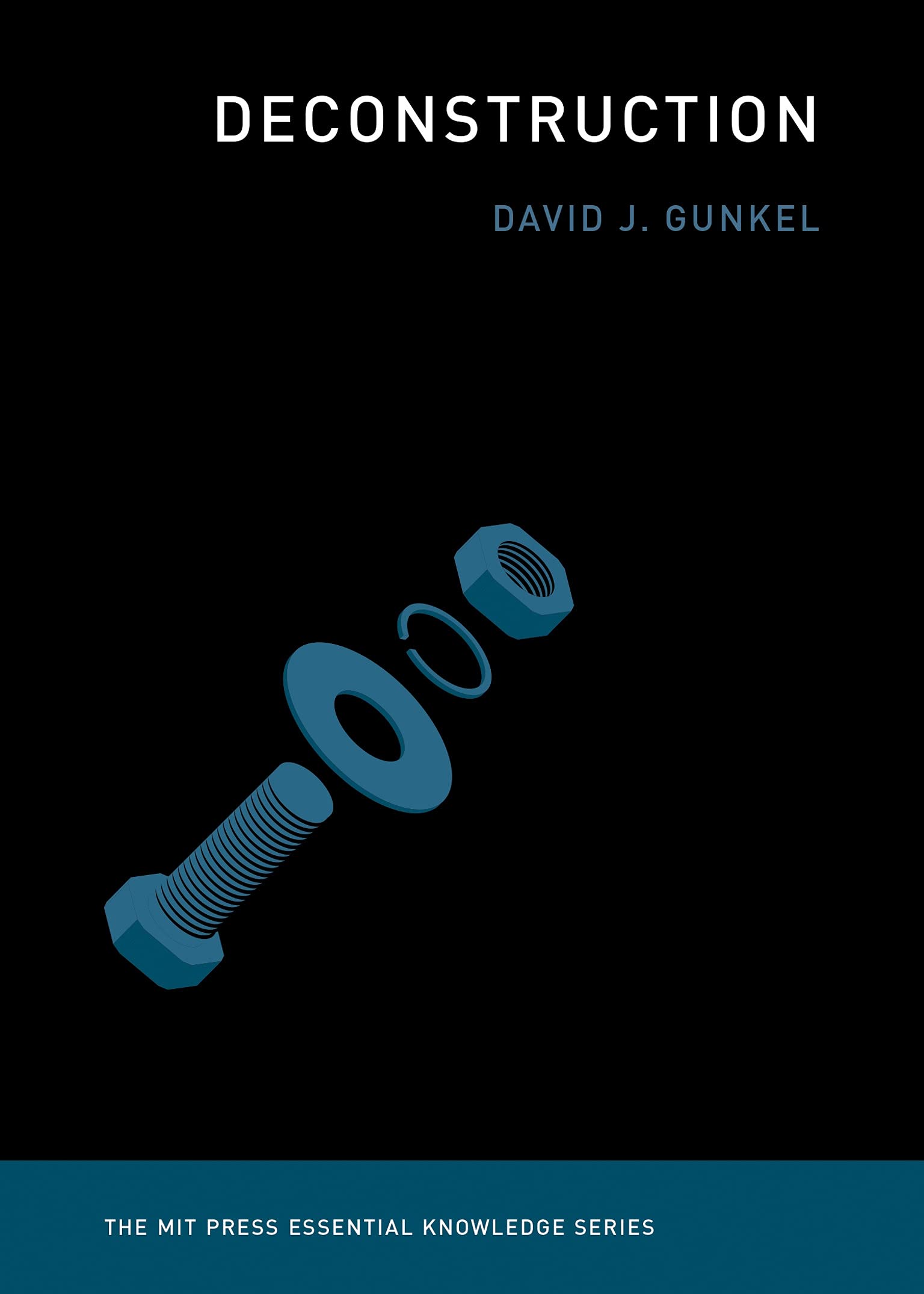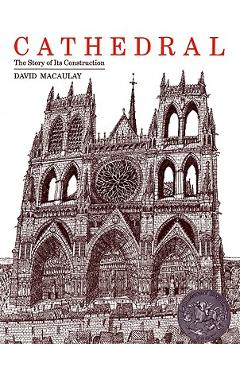Deconstruction | David J. Gunkel

Detalii Deconstruction | David J. Gunkel
Deconstruction | David J. Gunkel - Disponibil la carturesti.ro
Pe YEO găsești Deconstruction | David J. Gunkel de la MIT Press Ltd, în categoria Carte straina.
Indiferent de nevoile tale, Deconstruction | David J. Gunkel din categoria Carte straina îți poate aduce un echilibru perfect între calitate și preț, cu avantaje practice și moderne.
Caracteristici și Avantaje ale produsului Deconstruction | David J. Gunkel
- Departament: gaming-carti-birotica
- Ideal pentru pasionații de jocuri, birotică și distracție online.
Preț: 79 Lei
Caracteristicile produsului Deconstruction | David J. Gunkel
- Brand: MIT Press Ltd
- Categoria: Carte straina
- Magazin: carturesti.ro
- Ultima actualizare: 27-10-2025 01:24:43
Comandă Deconstruction | David J. Gunkel Online, Simplu și Rapid
Prin intermediul platformei YEO, poți comanda Deconstruction | David J. Gunkel de la carturesti.ro rapid și în siguranță. Bucură-te de o experiență de cumpărături online optimizată și descoperă cele mai bune oferte actualizate constant.
Descriere magazin:
An accessible introduction to a concept often considered impossibly abstruse, demonstrating its power as a conceptual tool in the twenty-first century.This volume in the MIT Press Essential Knowledge series offers a clear and concise introduction to a topic often considered difficult and abstruse: deconstruction. David Gunkel sorts out the concept, terminology, and practices of deconstruction, not to defend academic orthodoxy, or to disseminate the thought of Jacques Derrida--the fabricator of the neologism and progenitor of the concept--but to provide readers with a powerful conceptual tool for the twenty-first century.Gunkel explains that deconstruction is not simply the opposite of construction--the deconstructed jacket hanging in your closet is not, strictly speaking, accurately named--or synonymous with destruction. It is a way to think beyond the construction/destruction dichotomy and all other conceptual dichotomies and logical oppositions. After describing what deconstruction is not, and developing an abstract and schematic characterization derived from Derrida, Gunkel offers examples in (rather than of) deconstruction, including logocentrism (the speech/writing dichotomy) and virtuality (the ruling philosophical binary of real/appearance), remix (the original/copy distinction), and the posthuman figure of the cyborg (the human/machine conceptual pairing). Finally, Gunkel discusses the costs and benefits of deconstruction, considering the many things deconstruction is good for and identifying potential problems, including Eurocentrism, relativism, difficulties in communicating the concept, and reappropriation.

Produse asemănătoare

City: A Story of Roman Planning and Construction - David Macaulay
![]() libris.ro
libris.ro
Actualizat in 28/10/2025
83.65 Lei

Cathedral: The Story of Its Construction - David Macaulay
![]() libris.ro
libris.ro
Actualizat in 28/10/2025
72.49 Lei

So You Wanna Be a Foreman: An Electrical Construction Foreman\'s Guide to Efficient Labor Management - David E. Winpisinger
![]() libris.ro
libris.ro
Actualizat in 28/10/2025
148.43 Lei

USS Yorktown: From Design and Construction to the Battles of Coral Sea and Midway, Hardcover/David Doyle
![]() elefant.ro
elefant.ro
Actualizat in 28/10/2025
137.99 Lei
Produse marca MIT Press Ltd

The New Fire. War, Peace, and Democracy in the Age of AI, Hardback/Andrew Imbrie
![]() elefant.ro
elefant.ro
Actualizat in 28/10/2025
194.99 Lei

Star Power. ITER and the International Quest for Fusion Energy, Paperback/Erik Butler
![]() elefant.ro
elefant.ro
Actualizat in 28/10/2025
151.99 Lei

Theory of Indexical Shift. Meaning, Grammar, and Crosslinguistic Variation, Paperback/Amy Rose Deal
![]() elefant.ro
elefant.ro
Actualizat in 28/10/2025
346.99 Lei

American Independent Inventors in an Era of Corporate R&D, Paperback/Eric S. Hintz
![]() elefant.ro
elefant.ro
Actualizat in 28/10/2025
411.99 Lei

Italian Operaismo. Genealogy, History, Method, Paperback/***
![]() elefant.ro
elefant.ro
Actualizat in 28/10/2025
238.99 Lei

The Napoleon of Notting Hill, Paperback/Madeline Ashby
![]() elefant.ro
elefant.ro
Actualizat in 28/10/2025
86.99 Lei

